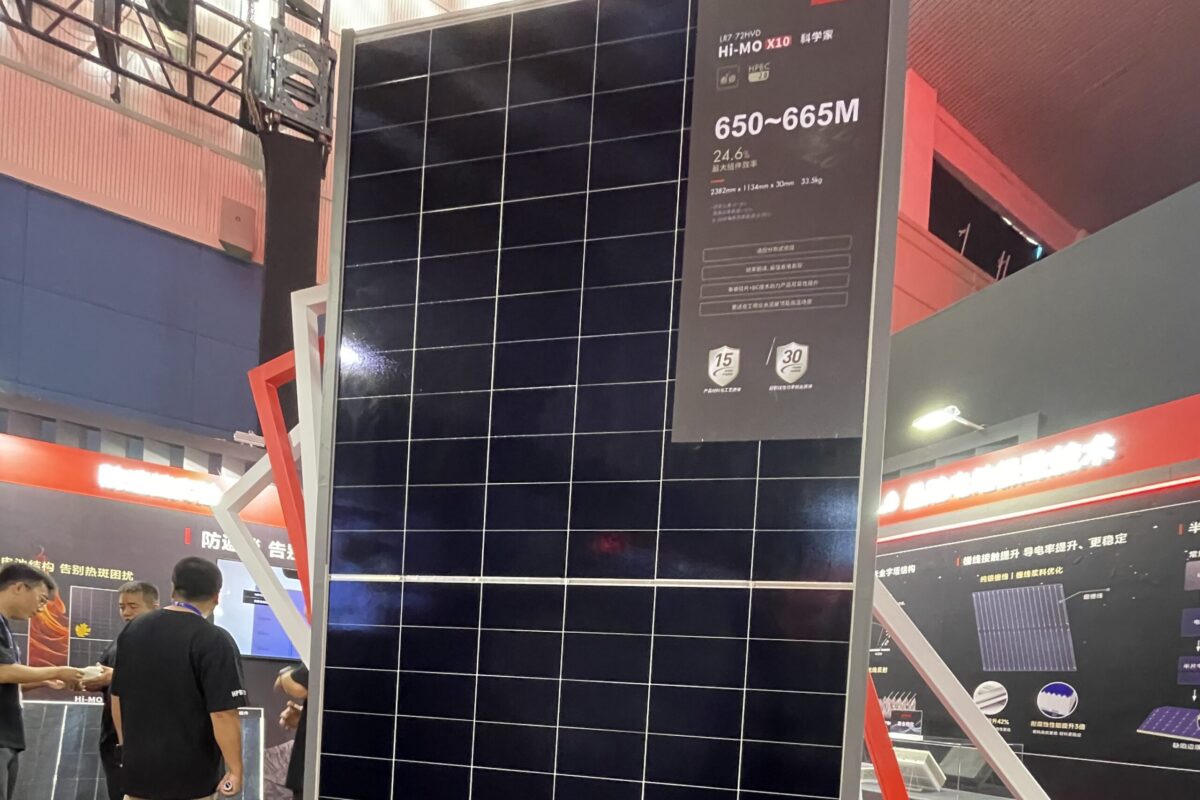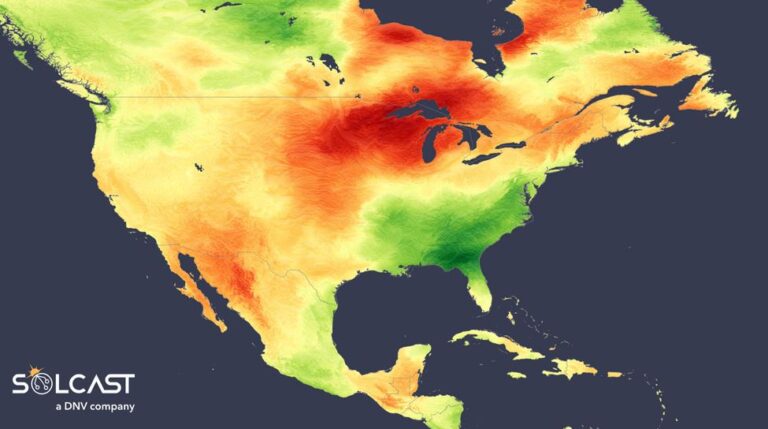In a new weekly update for pv magazineSolcast, a DNV company, reports that Hurricane Milton’s impact on solar energy production will be minimal outside the southeastern United States because the system is rapidly moving offshore.
Hurricane Milton made landfall on Wednesday, October 9, bringing strong winds and heavy rainfall to much of the southeastern United States. However, the impact on solar energy production outside the region is expected to be minimal as the system quickly moves offshore. Outside of the Southeast, much of the continental US saw higher-than-average solar production in September, analysis using the Solcast API.
Hurricane Milton’s relatively localized cloud has limited the impact of solar production to mainly Florida and parts of the Gulf Coast. By comparison, regions like Texas and New York have continued to produce solar energy at normal or above-average levels. As the system moves east into the Pacific Ocean, skies are expected to clear in its wake. This contrasts with typical systems that travel north and spread out as they weaken. Milton’s rapid movement and limited influence should limit its overall effect on solar energy generation outside the far southeastern states.
September proved particularly challenging for solar power generation in the southeastern US, with cloudy conditions at the end of the month exacerbated by the impact of Hurricane Helene. Florida, the Gulf Coast and inland, and areas south of the Pacific coast of New York saw
irradiance 15-25% below the long-term average of September. This was caused by warm sea surface temperatures fueling convective storms in late summer, culminating in Helene’s significant impact. Atlanta in particular experienced its second cloudiest September on record since 2007, a sharp shift from August, which was the sunniest since 2007.
In contrast, solar power generation remained strong in much of the rest of the country, especially in New England, the Midwest and Southwest. These regions benefited from a combination of low pressure in the Gulf of Mexico and a southward shift in the jet stream, pushing the warm, dry northwesterly air mass over much of the continent. Around the Great Lakes, insolation levels were 20-30% above average in September, while areas from New England through the southwestern US to western Mexico saw insolation levels about 10% above normal for the month.
Solcast produces these figures by tracking clouds and aerosols worldwide at a resolution of 1-2 km, using proprietary satellite data AI/ML algorithms. This data is used to drive irradiance models, allowing Solcast to calculate irradiance at high resolution, with a typical deviation of less than 2%, as well as cloud tracking predictions. This data is used by more than 300 companies that manage more than 150 GW of solar energy worldwide.
The views and opinions expressed in this article are those of the author and do not necessarily reflect those of the author pv magazine.
This content is copyrighted and may not be reused. If you would like to collaborate with us and reuse some of our content, please contact: editors@pv-magazine.com.
Popular content






